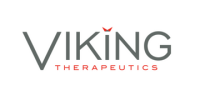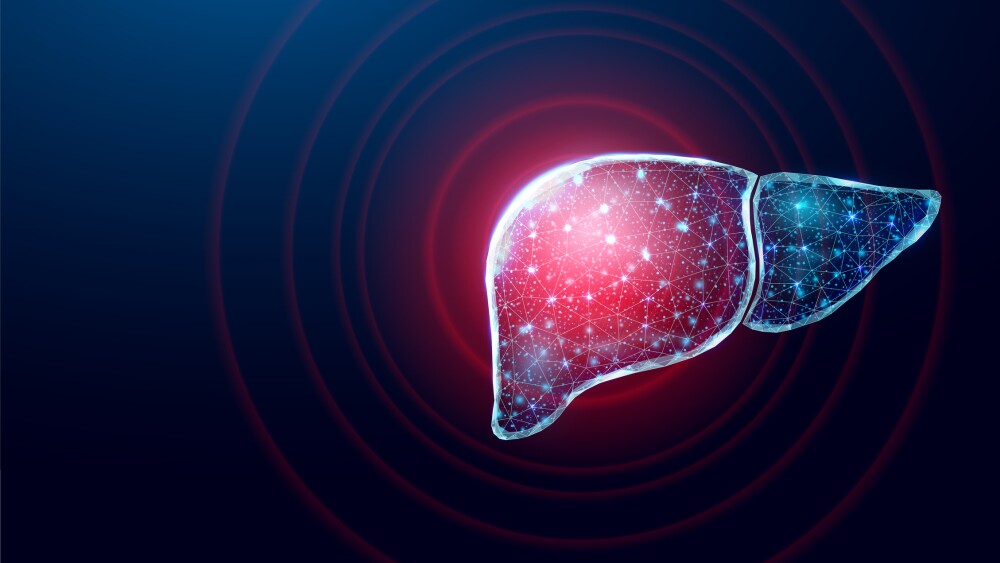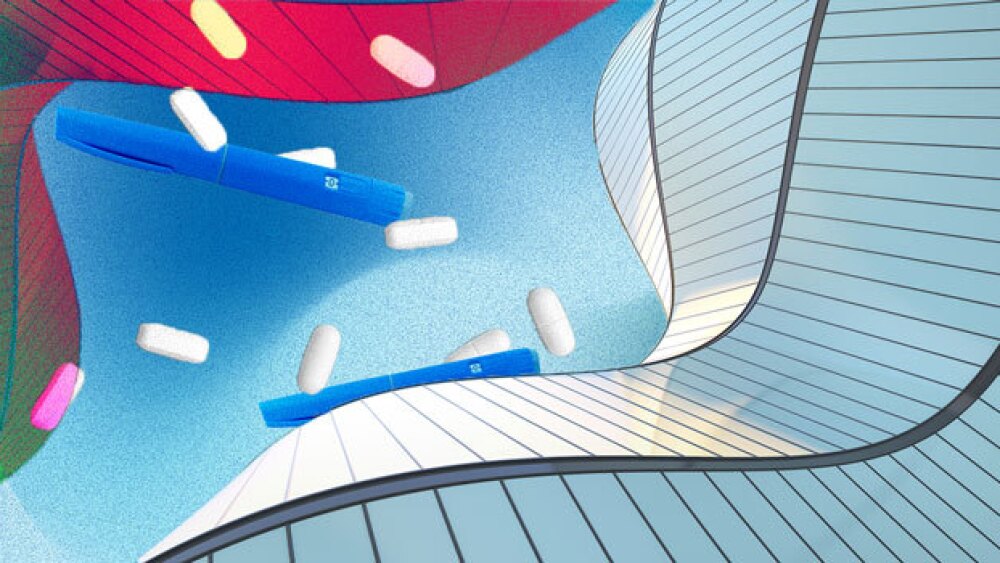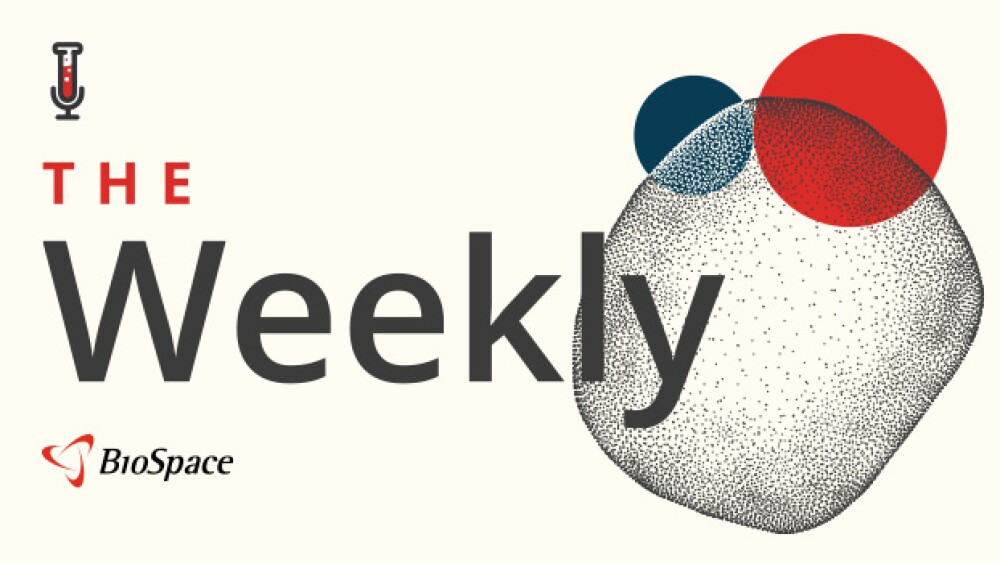
Viking Therapeutics
NEWS
Akero Therapeutics, 89bio, Boston Pharmaceuticals and more are working to bring novel treatment options for metabolic dysfunction-associated steatohepatitis to a market that could reach $16 billion by 2033.
BioSpace remembers COVID-19 five years after the pandemic was declared, Novo Nordisk’s CagriSema again misses expectations as the company joins a lawsuit filed by drug compounders against the FDA, Viking secures ample supply of its investigational obesity medication, J&J strikes out in depression, and Makary and Bhattacharya near confirmation.
Analysts acknowledged the long-term manufacturing deal could dull Viking’s takeout prospects but hailed it as a smart move to ensure supply.
Seeking Alpha analyst Terry Chrisomalis regards Viking Therapeutics as the most attractive M&A candidate in 2025, bolstered by its strong obesity candidate VK2735 and largely de-risked MASH therapy VK2809.
Readouts from Novo Nordisk and Viking Therapeutics at AASLD 2024 strengthen the argument for GLP-1 therapies as an emerging backbone of MASH treatment, with the potential to combine it with other drug classes to achieve deeper responses, according to BMO Capital Markets analyst Evan Seigerman.
Jefferies analyst Roger Song in an investor note said that Viking Therapeutics’ readout for its investigational therapy VK2735 exceeded expectations, with “class-leading” weight loss. Patients on 100-miligram doses of the pill lost 8.2% of their body weight after 28 days.
Following an end-of-Phase II meeting with the FDA in the fourth quarter, Viking Therapeutics plans to push its subcutaneous obesity therapy VK2735 into late-stage development and to start a Phase II trial for an oral formulation.
In this deep dive BioSpace dissects the global obesity and diabetes markets along with the growing pipelines that aim to serve them.
Second-quarter earnings season continues with Big Pharma beating Wall Street expectations, the author of an encrypted email sent to BioSpace has a proposal for Moderna and Merck, Roche and Viking seek quicker entry to the obesity market, and AAIC is in full swing.
JOBS
IN THE PRESS








